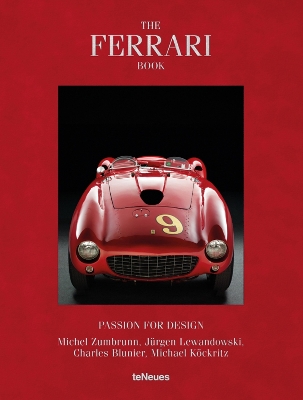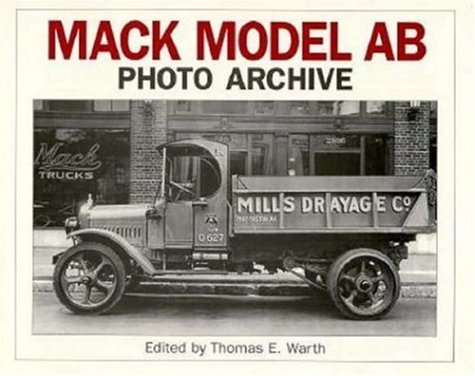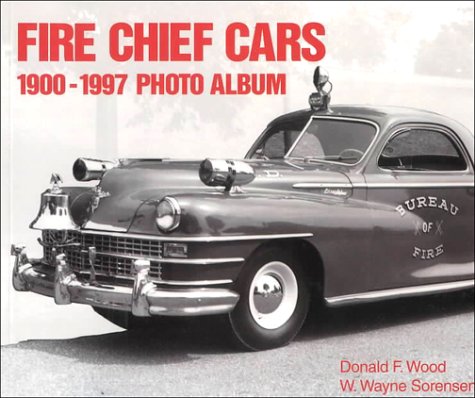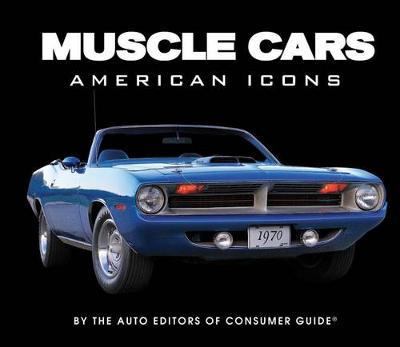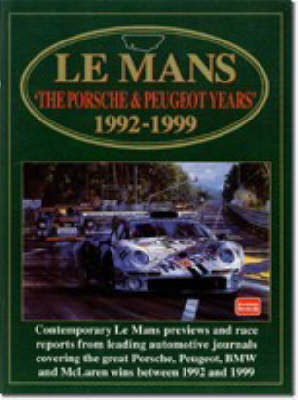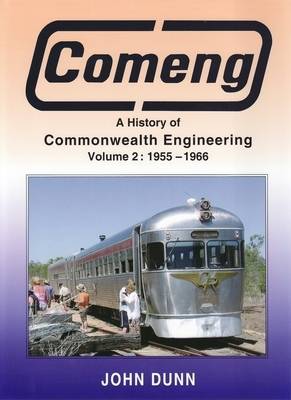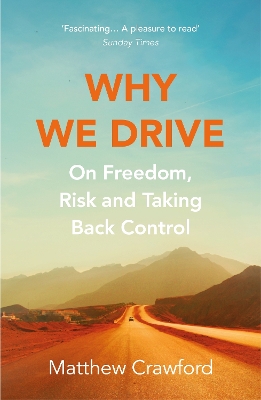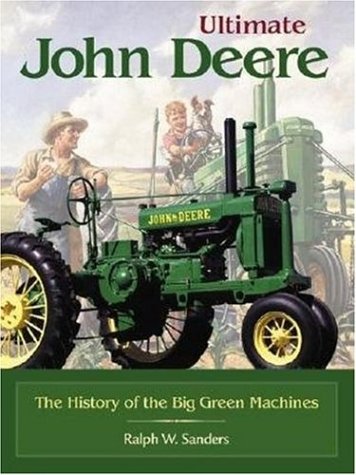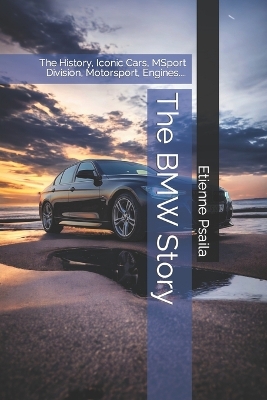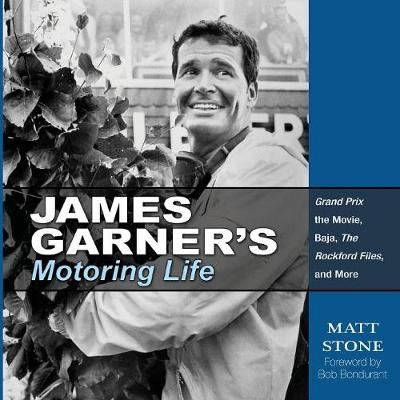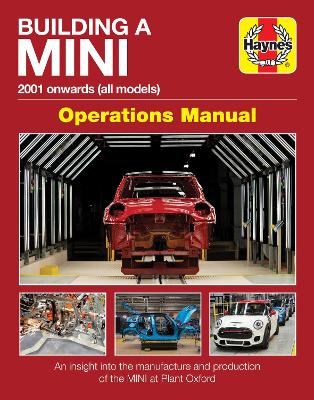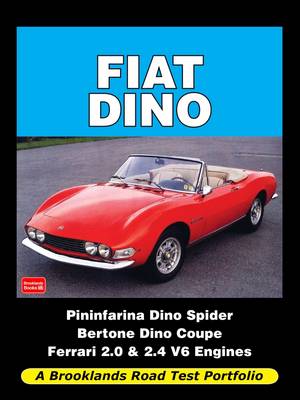Success is not founded on miracles, but is almost always the product of a clear concept — the pinnacle of an ambitious, even stridently innovative idea. However, the aura of Ferrari does indeed approach the miraculous. What lies behind this phenomenon? What is the source of fascination for a brand whose creative designs are internationally recognised and enthusiastically received? First, even today — 70 years after the company was founded — the miracle of Ferrari is still due in large part to th...
Fire Chief Cars, 1900-97 (Photo Archive)
by Donald F. Wood and Wayne Sorensen
During the 1960s, the automobile finally secured its position as an indispensable component of daily life in Britain. Car ownership more than doubled from approximately one car for every 10 people in 1960 to one car for every 4.8 people by 1970. Advertisers, who once needed to promote the joys of motoring as well as the particular pleasures of the individual product, no longer needed to wonder whether the potential customer (let alone society at large) might be content with no car at all. It was...
Why We Drive is a rebellious and daring celebration of the human spirit and the competence of ordinary people by the bestselling author of The Case for Working with Your Hands.Once we were drivers on the open road.Today we are more often in the back seat of an Uber.As we hurtle toward a 'self-driving' future, are we destined to become passengers in our own lives too?In Why We Drive, the philosopher and mechanic Matthew Crawford celebrates the risk, skill and freedom of driving. He reveals what w...
In this hilarious collection of old car stories, Canada's very own ''''Old Car Detective'''' Bill Sherk presents 80 of his favourite stories spanning the years from 1925 to 1965. Behind every old car there's a story waiting to be told, all the way from your grandparents' Model T Ford to the Mustang you drove in high school.
The names 'Keith Duckworth' and 'DFV' are practically synonymous, such is the reputation of the famous F1 racing engine which he designed. Whilst there are books covering the technical aspects of the DFV engine, and other designs from Cosworth, the company which he founded with Mike Costin, there are many gaps in the story of Duckworth's career, before and after Cosworth. This book comprehensively fills those gaps, taking the reader into the world of Britain's finest 20th century engineers. It...
In the 1930s a number of firms came into being in Britain producing cars based to one degree or another on imported American components. Railton was the first, in 1933, using the straight-eight Hudson engine, transmission and chassis to create cars offering exceptional performance at prices far lower than the homegrown English competition. Brough Superior also used the Hudson drive train and chassis, while Jensen went from re-bodying Ford V8s to using Ford, Nash and Lincoln Zephyr power in their...
The Unknown World of the Mobile Home (Creating the North American Landscape)
by John Fraser Hart, Michelle J. Rhodes, and John T Morgan
In American popular imagination, the mobile home evokes images of cramped interiors, cheap materials, and occupants too poor or unsavory to live anywhere else. Since the 1940s and '50s, however, mobile home manufacturers have improved standards of construction and now present them as an affordable alternative to conventional site-built homes. Today one of every fourteen Americans lives in a mobile home. In The Unknown World of the Mobile Home authors John Fraser Hart, Michelle J. Rhodes, and J...
In 2015, MINI Plant Oxford produced over 201,000 cars, and with a workforce of around 4,500 people, the plant is capable of building up to 1,000 cars per day. Plant Oxford is the home of MINI assembly, with body panels arriving from Plant Swindon, and engines from Plant Hams Hall, near Birmingham. The body panels are joined by automated robots to produce a body in white which then progresses through the factory to the paint shop, before being mated with engine, suspension, interior panels, trim,...
The Ford Cosworth DFV engine first appeared at the Dutch Grand Prix in 1967, powering the Lotus 49s of Graham Hill and Jim Clark. Hill claimed pole position, and Clark won the race - a remarkable debut for an engine that went on to become the most successful ever in Formula One. The DFV won a remarkable 155 Grands Prix, the last of which was in 1983, 16 years after its debut. Published to coincide with the DFV's 40th anniversary, this beautifully produced book tells the full story of this remark...
